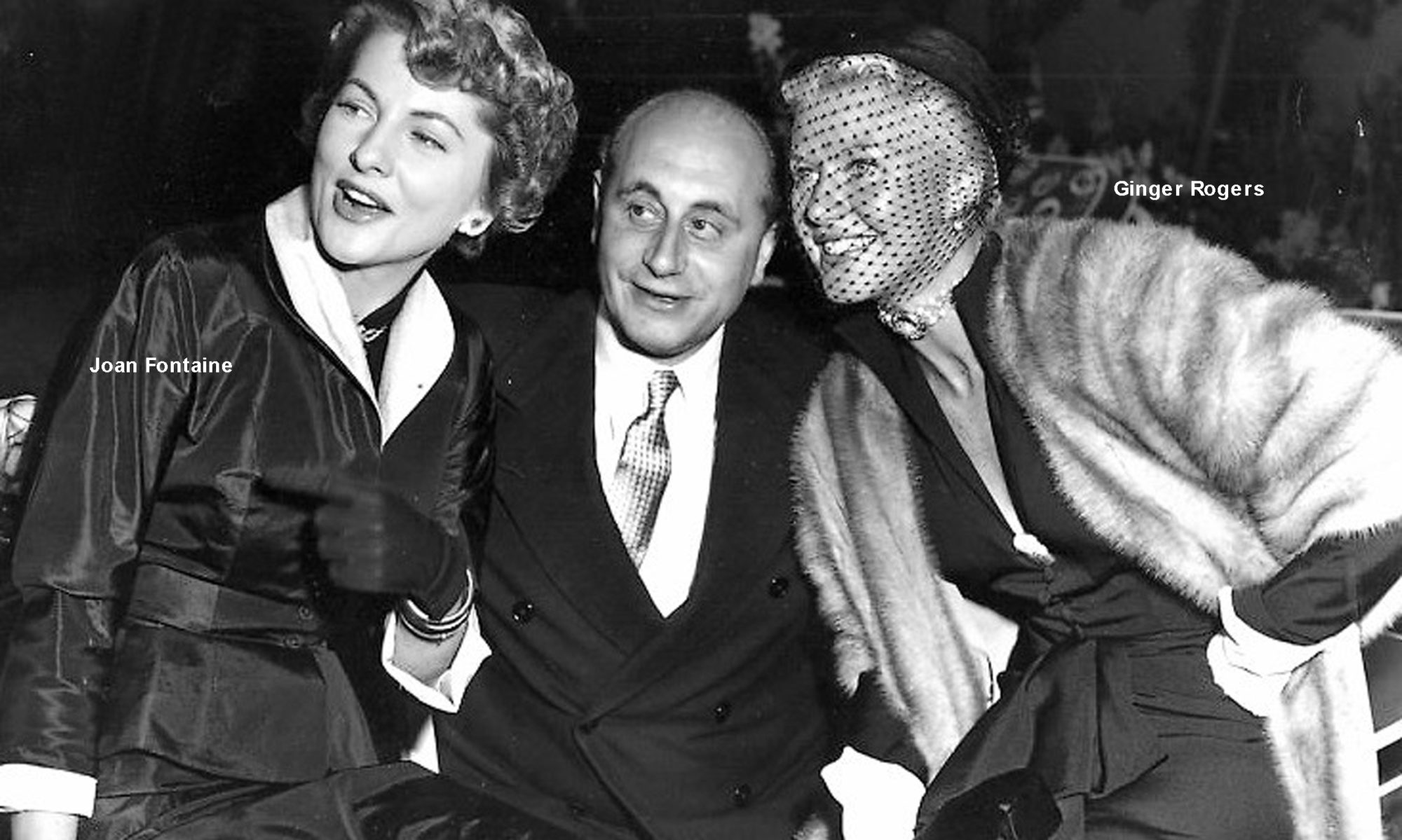


Mascot Airport, Sydney 
Sydney Harbour Bridge
Herc McIntyre was head of Universal Pictures in Australia from 1920 until the 1950s. He was important in the career of Charles Chauvel, helping finance several of his films, and he was friends with Lee Robinson , helpng him distribute The Phantom Stockman in 1953.


Castlereagh Street, Sydney 
Hotel Australia, the hotel of the Commonwealth



Sir Robert James Kerridge, 1901 to 1979, was a New Zealand businessman, cinema proprietor, film distributor, tourism promoter and entrepreneur. Born in Christchurch, New Zealand, he developed the biggest exhibition chain in Australasia, owning or controlling 133 cinemas, In 1946 he sold 50 per cent of his chain to the J. Arthur Rank Organisation of London, netting the vendors almost £1 million, and a Rolls Royce. The chain was renamed Kerridge Odeon.


David Jones department store 
Market Street 
Martin’s Place


Sir Norman Bede Rydge, CBE, 1900 to 1980, was a prominent Australian businessman. Born to a Sydney blacksmith, he left school at 15 to become a clerk and eventually an account. He published books on federal income tax and the Sydney stock exchange, and was mayor of Canterbury at age 26. He became a significant stock market figure through his company Carlton Investments Ltd, and commissioner of the Rural Bank of New South Wales. From 1936, he was in the cinema business, establishing Greater Union as an international brand.

Usher’s Hotel 

Lyceum Theatre 
State Theatre

Victory Theatre 
Capitol Theatre

Prince Edward Theatre 
St. James Theatre


Regent Cinema 


Carlton Hotel 
(Illustrative)


Hyde Park 
Charing Cross 
Metro Cinema 
Seaplane 
Double Bay 
Bondi Beach 
Domain Park 
State library 
Botanic Gardens 
Koala bear 
Duckbilled platypus 
Kangaroos


Sydney Harbour Bridge 
SS Orontes 
Bar at the Palace Hotel 
Manly Beach 
Randwick Race Track


Tivoli Theatre 
Comedians Max and Harry Nesbitt


Celebrity Club floorshow 
Joe Taylor


Leura Falls 
Wentworth Falls 
Katoomba Falls 
Blue Mountains 
The Three Sisters at Echo Point


The Sevitts, Arthur, 1906 to 1987, and Lou, 1908 to 1988, were two among their family’s nine children born in Cork. They emigrated to the United States.


Double Bay 
Pruniers

Hoyts Six Ways Theatre 
Hoyts Star Theatre 
Hoyts Melba Strathfield 
Granville Hoyts Castle 
Crest Theatre, Granville 
Enmore Theatre


Roxy Theatre, Parramatta 
Mosman Cinema

Ralph Raymond Doyle, 1894 to 1955, was a film company manager. After starting out in finance and seeing active service on the Western Front in World War I, in 1922 he became a sales manager for United Artists (Australasia) Ltd, the only local US film distributor to operate outside the controversial block-booking system. Nine month later, he was appointed general sales manager, and in 1924 general manager for Australasia. For 20 years, Doyle brought Hollywood to Australian audiences. One of the earliest finance professionals to take control of the movie industry from those with direct film-making experience, he was loyal to his employers and successful at a time when US companies usually had their own nationals run branch operations abroad. He resigned from RKO in 1953 and, at Rose Bay two years later committed suicide, shooting himself in the head.

Founded in 1895 by a group of 20 bookmakers, City Tattersalls Club grew into one of the largest and most prestigious Clubs in Australia. Located in the heart of Sydney’s central business district, the Club became an integral part of the city’s life and among its finest entertainment venues.


Albert Arnold “Buddy” Gillespie, 1899 to 1978, was an American cinema special effects artist. Born in El Paso, Texas, he joined MGM as a set designer in 1925. In 1936, he became the head of MGM’s Special Effects Department. A master of both art and technology, he spent more than four decades in the motion picture industry, creating, as head of special effects, dramatic, eye-popping visual effects for more than 180 of Hollywood’s major motion pictures.

It is Sydney Albright.


The American Club was an exclusive, private, ‘members only’ business club, which aimed to foster relations between Australia and America. Strictly old school, it was a place to have a drink, and talk politics and sport. Founded in 1947, at its peak the Club had 1,000 members each of whom paid $750 a year to use its luxurious facilities on Sydney’s Macquarie Street. In 2013, the Club collapsed, half a million dollars in debt.




Click here to read about the next leg of Louis’s journey.
